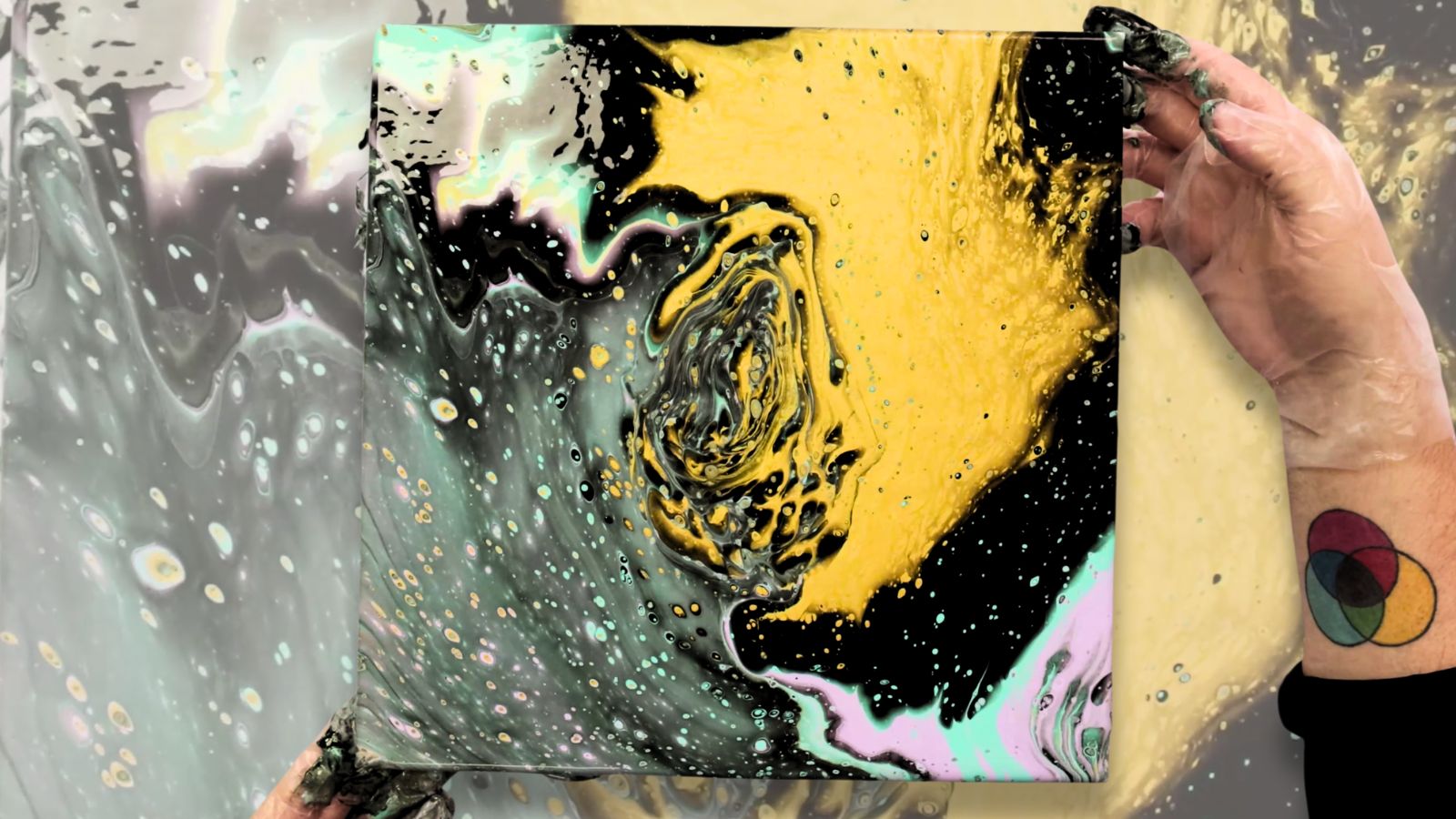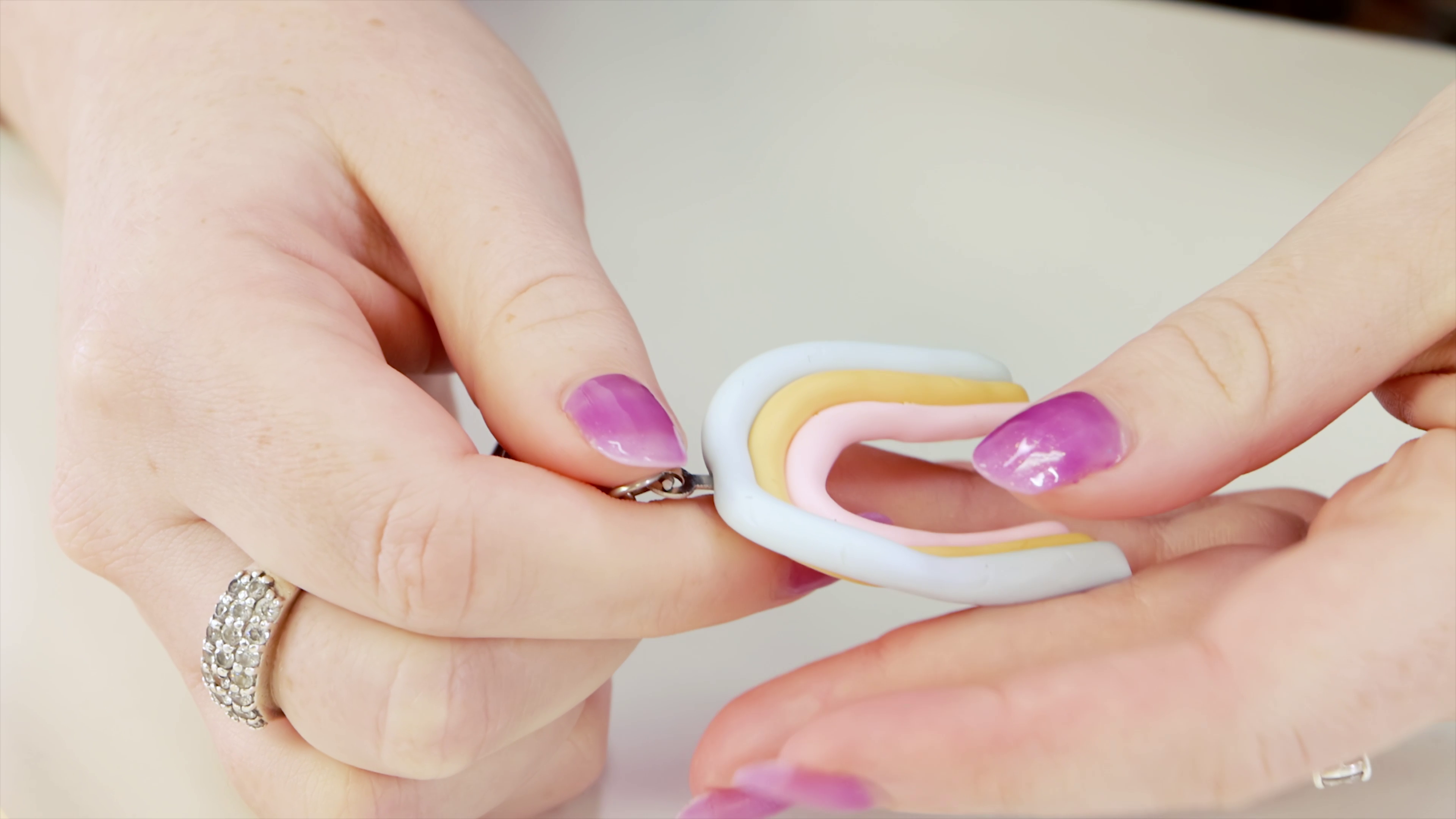Are you on the hunt for some watercolour hacks? We love this versatile medium and over the years we’ve picked up a few tips and tricks. From handy ideas for making projects run smoothly, to fixing mistakes and creating cool effects, this list has a little something for everyone.
1. Set up two water jars
Keep your colours clean with two jars of water. One jar will remove most of the paint from your brush and a second jar will make sure any remaining colour is rinsed out.
2. Keep your paper flat with masking tape

Sticking your paper down with masking tape is a great way to help your paper stay flat while you work. To make the tape easier to remove, stick and unstick it to fabric a few times.
3. Use a hair dryer to remove tape
Another tip for removing tape is to use a hairdryer on low heat to soften the tape which makes it easier to peel off.
4. Make a colour chart

Creating a colour chart on the same paper you’re going to use for your artwork will help you see what the colours will look like once they’re dry. You can then keep this next to you as a quick reference.
5. Draw guidelines with a watercolour pencil
Instead of using graphite, draw your guidelines with a watercolour pencil that matches the background colour. This will blend in more so that it doesn’t show through in the finished work.
6. Create clouds with tissue paper


Want to create some easy clouds? Dab wet paint lightly with a tissue to lift the colour and create a soft cloud effect.
7. Make a travel set with a recycled container
Mint tins and empty eyeshadow palettes make a great watercolour travel set. You can either pop some watercolour pans in or squeeze some paint out of a tube. Since watercolours can be reactivated with water, it doesn’t matter if they dry out along the way.
8. Lift paint using a damp brush

A damp brush can be used to life colour for cloud effects, highlights and tidying up mistakes. This will give you softer edges than using a tissue, but remember that it will only work while the paint is still wet.
9. Create highlights with white gouache
If you want to create highlights once your paint is dry, some white gouache will do the trick. This is great for waves or clouds and can even be used to erase mistakes.
10. Create resist with a white wax-based pencil


A resist is simply when something repels watercolour paints. By drawing on your paper with a white wax-based pencil or crayons you can create highlights and other effects. Once the paint is dry you might like to run an eraser over the white pencil marks to bring them out even more.
11. Remove wet mistakes with a tissue
Mistakes are all part of the process, but thankfully they can often be fixed up with the dab of a tissue. This will soak up the paint and allow you to repaint it, just like that.
12. Create stars by flicking white gouache paint

Image: Elena Sorce
Light up your night sky by flicking white gouache paint onto it to create stars.
13. Use a long paintbrush as a wrist rest
Sometimes it can get tricky to paint without smudging wet areas of your work. The good news is that there’s an easy solution. Grab a long paint brush and use it to hold your hand up off the paper.
14. Mix white gouache with watercolours to create pastel colours


Mixing white gouache with any watercolour paint will turn it into a beautiful pastel colour.
15. Fix warped paper: Option 1
Sometimes watercolour paper can warp as the paint dries. One way you can try and fix this is to wet the back of the paper with a sponge, lay a cloth over it and gently run an iron across it on low heat.
16. Fix warped paper: Option 2


Another way to fix warped paper is to use a sponge to make the back of the paper damp and then lay a book and some heavy objects on top of it overnight.
17. Remove excess water with an eyedropper or tissue paper
If your watercolour paints are pooling on your page, simply use an eyedropper or some tissue paper to remove the excess water.
18. Use cling film for special effects


Image credit: Arte A Scuola
Laying cling film on wet watercolour paint and letting it dry can have some interesting effects. Let it dry overnight and then peel it off to see the results.
19. Put rice on wet watercolour paint to create patterns
Lay down a watercolour wash on your paper and drop rice on it while it’s still wet. Leave it to dry overnight, gently remove the rice and watch interesting patterns appear.
20. Sprinkle salt to create snow and starry effects


When salt is sprinkled into a semi-wet watercolour wash it creates beautiful snow or starry effects. Try it out for yourself!
21. Dry washes with a hair dryer
If you don’t want to wait around foryour washes to dry, you can use a hair dryer to speed up the process. Use it on low heat and work from the centre out to keep it even.
22. Dip you brush in soapy water when using masking fluid

Image: Erika Lancaster
Masking fluid is a glue-like substance that is used to block out certain areas in a painting like in the image above. If you’re using masking fluid, dipping your paint brush in some soapy water can help to create smooth strokes by stopping it from clinging to your paint brush.
23. Reactivate paints on your palette
The great thing about watercolour paints is that even once they’ve dried out on your palette, you can still use them! Simply dip your brush in some water and massage it into the paints to reactivate them.
Now that you’ve got some hacks up your sleeve, you might like to check out our watercolour painting ideas article. We’d also love to see your projects, so feel free to tag us on Instagram or Facebook using @montmarteart.





































